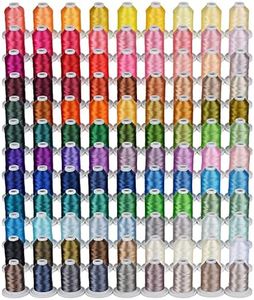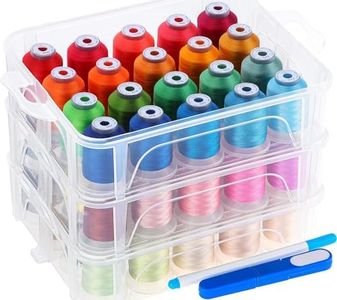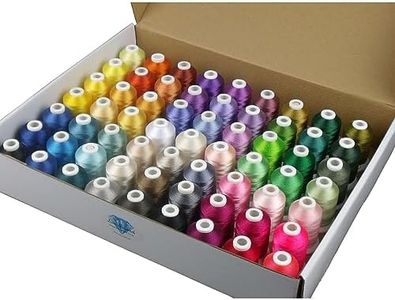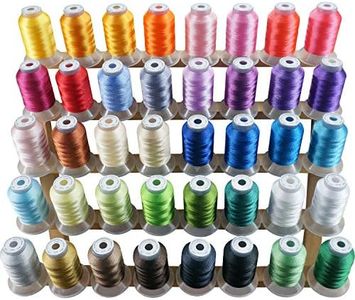We Use CookiesWe use cookies to enhance the security, performance,
functionality and for analytical and promotional activities. By continuing to browse this site you
are agreeing to our privacy policy
10 Best Sewing Thread
From leading brands and best sellers available on the web.Buying Guide for the Best Sewing Thread
Choosing sewing thread may seem simple, but it can make a huge difference to the quality, appearance, and longevity of your sewing projects. To pick the best thread for you, it’s important to understand what each key specification means and how it matches your needs, whether you’re doing basic repairs, quilting, craft projects, or garment construction.MaterialThe material of a sewing thread affects its strength, flexibility, and compatibility with fabrics. Common materials include cotton, polyester, nylon, silk, and blends. Cotton thread is great for natural fabrics and offers softness but is less stretchy, making it suitable for quilting or seams that don’t require much give. Polyester thread is stronger and more elastic, good for synthetics and all-purpose sewing. Nylon is very strong and best for heavy-duty projects like upholstery. Silk threads are smooth and work well for delicate or luxurious fabrics. When choosing, think about the fabric you’ll sew most often. For general sewing, polyester offers versatility. For special projects, match the material of the thread to your fabric for the best results.
Thread Weight/ThicknessThread weight (or thickness) determines how visible and strong the stitching will be. Lighter weights (higher numbers, like 50wt or 60wt) create fine, barely-there stitches, suitable for lightweight fabrics or detailed quilting. Medium weights (around 40wt) are typical for all-purpose sewing and garment construction. Heavier threads (lower numbers, like 30wt or 20wt) create more prominent stitches, ideal for topstitching or decorative effects but not suitable for delicate fabrics. When picking weight, consider if you want your stitches to blend in or stand out, and match the weight to your fabric’s thickness.
Thread FinishThe finish relates to how the thread looks and behaves during sewing. Some threads have a mercerized finish, which gives a sheen and makes the thread smoother and a bit stronger—great for visible, neat stitches. Glazed threads have a coating for strength and reduced friction, often used for hand sewing but can gum up machines. Matte finishes are less shiny and work well when you want the thread to blend into the fabric. Choose the finish depending on the look you want and the techniques you’ll use. For visible stitches, go with shiny, for hidden or subtle, go matte.
Thread StrengthThread strength is about how much tension the thread can take before it breaks, important for the durability of the finished project. Threads made for heavy-duty use (like upholstery or denim) are specially constructed for extra strength, while lightweight threads are fine for finer fabrics. If you often sew thick or tightly woven materials, or you need long-lasting results, opt for stronger threads. For light crafts or delicate fabrics, regular or lightweight strength is fine. Align the thread’s strength with your fabric’s toughness and how much stress the seams will take.
Thread ColorThread color may seem like a matter of style, but it also affects the project’s appearance. For an invisible seam, match the thread as closely as possible to your fabric. If you wish to add contrast or decorative touches, choose a thread that stands out. For multicolored fabrics, choose a mid-tone shade that blends with most of the colors. Test color in natural light and on a small fabric scrap to see the real effect before starting your project.
Spool SizeThe amount of thread on a spool matters depending on the size and type of projects you plan to do. Small spools are perfect for repairs or small projects and easy to store. Large rolls are better value for frequent sewing or big projects like quilts or curtains. If you sew regularly or use a specific color often, buy bigger sizes to avoid running out mid-project. For rare tasks, a small spool is enough.
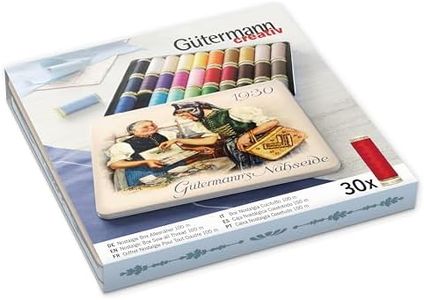
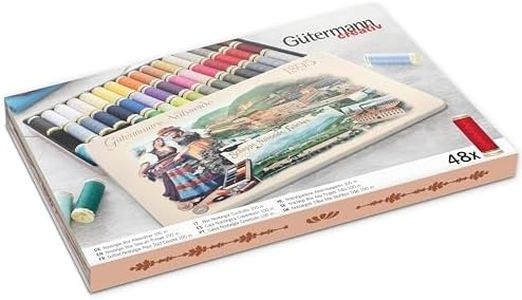
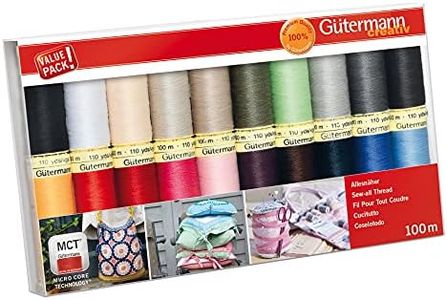


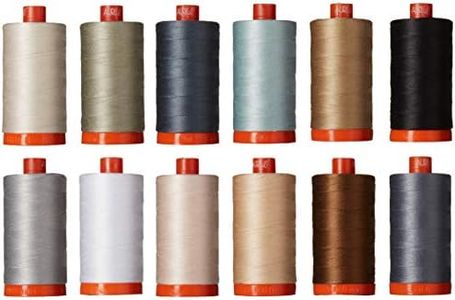



![LEONIS 30 Color All-Purpose Polyester Sewing Threads 100 m / 110 yds Each [ 93012 ]](https://images-proxy.bestreviews.guide/SyQ5q_WkqOrbwSnI3Si7yIXXJGo=/0x300/https://m.media-amazon.com/images/I/41Ww8+n8UGL._AC_CX679_.jpg)
